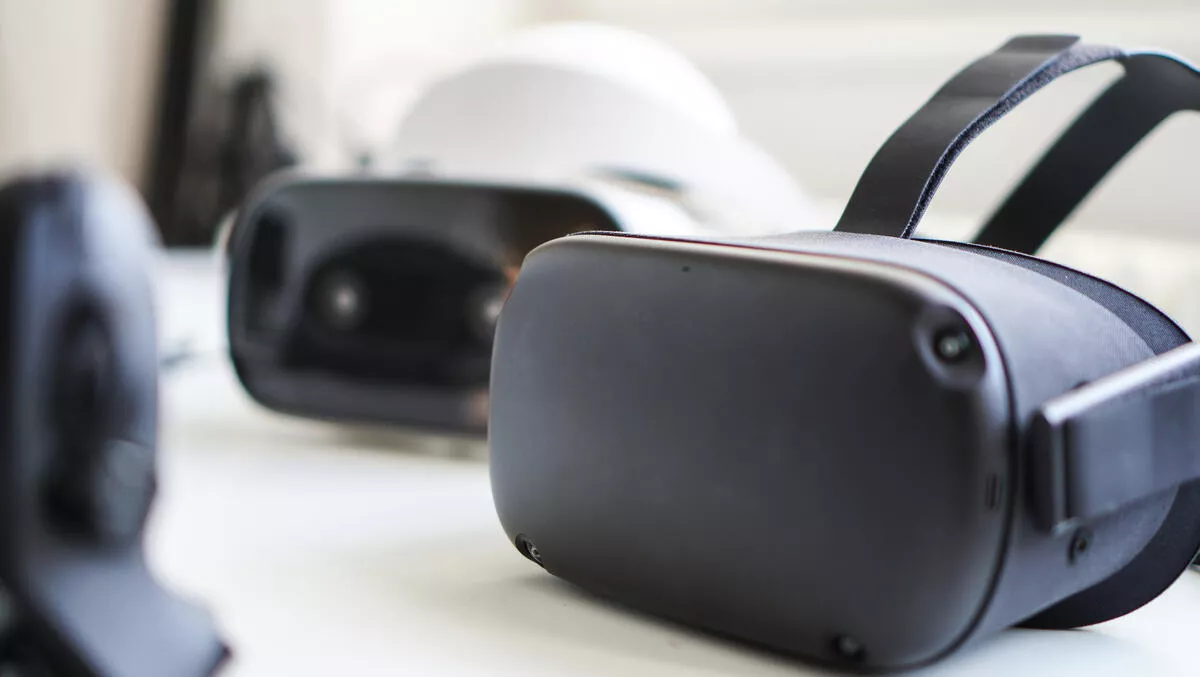
Bringing jury to crime scene via VR provides more accurate results
New research by the University of South Australia finds overwhelming evidence in favour of using VR in the courtroom by putting jurors in the middle of a crime scene.
Delivering the correct verdict on car accident and murder cases is contingent on good spatial awareness, but short of being at the crime scene, the room for error is large. Thanks to the advent of virtual reality (VR), jurors now have a better chance of making the right decision.
In the study, a team of researchers, legal professionals, police and forensic scientists simulated a hit-and-run scene, reconstructing the events with a laser scanner to compare verdicts between jurors using 3D headsets and those relying on photographs from the scene.
According to the researchers, the result was better recall, spatial accuracy, and more consistent verdicts in the case of the jurors (30 study participants) using interactive technology.
"VR required significantly less effort than using photographs to piece together the sequence of events," says UniSA's Australian Research Centre for Interactive and Virtual Environments, Dr Andrew Cunningham.
The study found participants viewing the scene through a 3D headset were 9.5 times more likely (86.67%) to choose the same verdict, Death by Dangerous Driving, than the group who relied on photographs. That group were split 47/53% between a careless driving verdict and a dangerous driving verdict.
Participants who were immersed in the scene were more likely to correctly remember the car's location in relation to the victim at the time of the accident. In contrast, it was difficult for people to visualise the scene from still images.
"This provides unequivocal evidence that interactive technology leads to fairer and more consistent verdicts, and indeed could be the future of courtrooms," says Dr Cunningham.
Lead researcher, Dr Carolin Reichherzer, says site visits are still the gold standard in providing juries with a realistic impression of a scene, but they also have drawbacks.
"They are expensive, especially in remote locations and in some cases the site itself has changed, making accurate viewings impossible," says Dr Reichherzer.
Virtual reality has precedence in the courtroom internationally, with the most famous example being in 2019 when the Bavarian State criminal office created an interactive scene of the infamous Auschwitz concentration camp to aid the prosecution's case in a war crimes trial.


